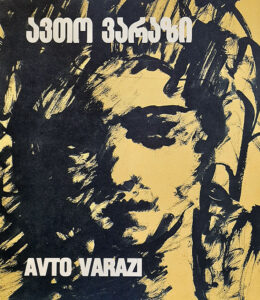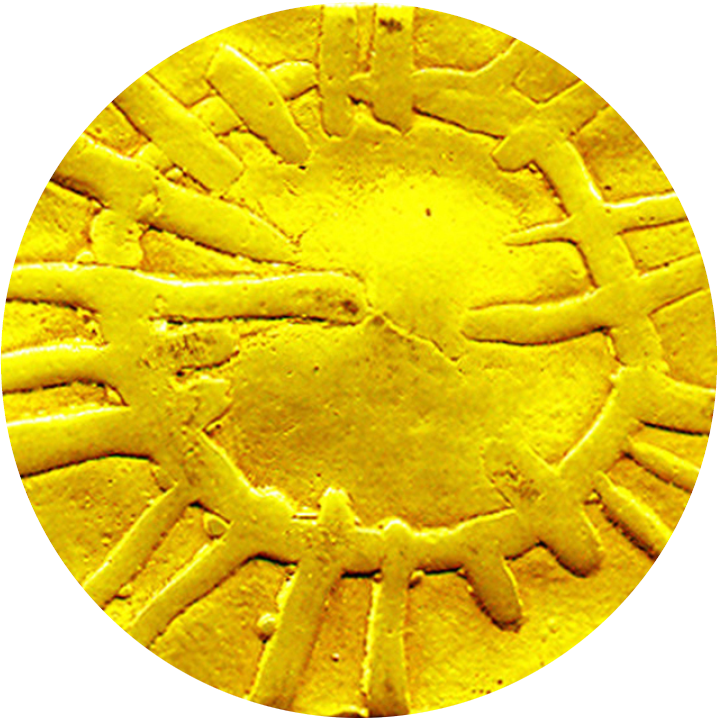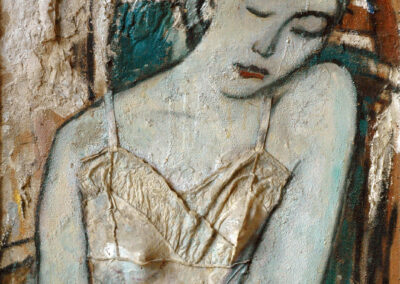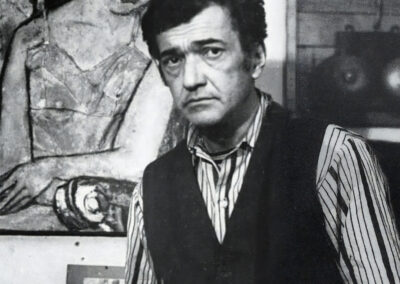Avto Varazi
Images
Info

Notions of ideology and civil position were the most pressing issues faced by Georgian culture in the 20th century. In this regard, it is important to analyze the processes employed for avoiding the principles of Social Realism – be it hiding from, adapting to, or openly confronting the ideological pressures – by looking at the case studies of individual artists. The 1960s policy of “thaw” offered certain privileges. Taking distance from the Stalinist era did not mean becoming fully relaxed; nevertheless, distant signals of international art were already reaching Georgia from beyond the “iron curtain” because, in general, the flow of culture breaks all boundaries and overcomes all restrictions. During this period (1960-1980), nonconformist art simultaneously emerged as an alternative to the official style in several republics of the Soviet Union. It became an underground movement that was expelled from official exhibition structures by political and ideological censors, and in Georgia Avto Varazi became one of its leaders.
Varazi, a professional architect and art historian, emerged in Georgian painting with a non-conformist position that completely ignored the false pathos of Social Realism. The drama of his portraits is motivated by real feelings experienced by specific characters, contrary to the imitation of happiness that was preached by the ideology of Social Realism. Varazi’s work offers an interesting reflection of his time and the visual parameters of the epoch, making the melancholic model of his work resemble Italian neorealist cinema and its sugarcoated reality, entourage, mood, style, and specific character of framing and color. The bluish tones of the portraits that were produced under the influence of Picasso’s early period were later replaced by the muted colors of Italian Neorealism. His still lives, collages and pop art works are assembled with the application of a combination of certain types of objects, the coexistence of which create unexpected events, where the image is awarded the status of a new “object”. These “neo-avant-garde” objects are imbued with a desire to destroy, disintegrate and create a fresh reality. In Georgian painting they represent a new aesthetic code. Varazi is responsible for the introduction of different issues and images to Georgian art, reflecting real events.
The interest of the artist towards “objects” and delving into their context is related to Varazi’s work as an exhibition organizer. From 1959 to 1960, Avto Varazi worked on the exposition of the Archaeological Department of the State Museum of History. This was a huge multidisciplinary creative work that united under one umbrella the work of an art historian, architect, designer, and artist, who conducted research into the culturology process and its correct presentation. The showcases and stands “assembled” by Varazi for the exposition present “cultural collages” that were composed of archeological artifacts. Avto Varazi also created interesting cinematographic work in the movie Pirosmani, where he played the role of Niko Pirosmani while at the same time being employed as the film’s decorator.
Baia Tsikoridze

Avto Varazi 1926 – 1977. Tbilisi, 1998

Avto Varazi. Tbilisi, 2013

Avto Varazi, Painting, Drawing. Tbilisi, 1993








